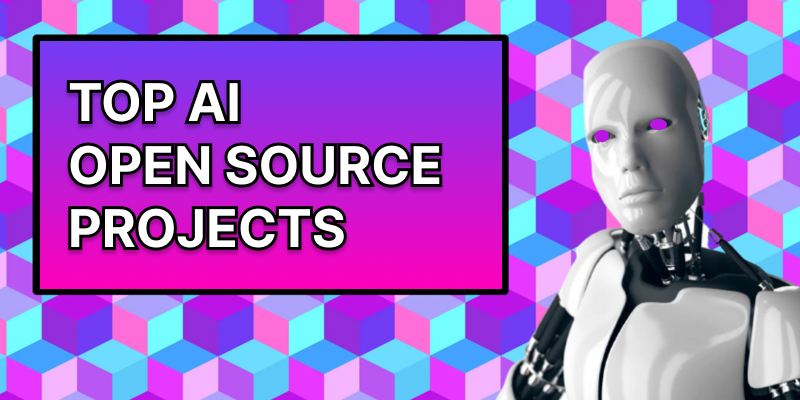
TOP 34 Ai Open Source Projects in 2025

1. Automatic1111/Stable Diffusion Webui
GitHub stars: 148,000
Description: Stable Diffusion web UI
Programing Language: Python
Tags: web, ai, deep-learning, torch, pytorch
Updated: yesterday
Link: https://github.com/AUTOMATIC1111/stable-diffusion-webui

2. Chat Gpt Next Web/Next Chat
GitHub stars: 80,400
Description: ✨ Light and Fast AI Assistant. Support: Web | iOS | MacOS | Android | Linux | Windows
Programing Language: TypeScript
Tags: react, cross-platform, nextjs, desktop, gemini
Updated: 6 hours ago
Link: https://github.com/ChatGPTNextWeb/NextChat

3. Open Webui/Open Webui
GitHub stars: 72,300
Description: User-friendly AI Interface (Supports Ollama, OpenAI API, ...)
Programing Language: JavaScript
Tags: ui, ai, self-hosted, openai, webui
Updated: 18 hours ago
Link: https://github.com/open-webui/open-webui

4. Microsoft/Generative Ai For Beginners
GitHub stars: 70,300
Description: 21 Lessons, Get Started Building with Generative AI 🔗 https://microsoft.github.io/generative-ai-for-beginners/
Programing Language: Jupyter Notebook
Tags: ai, azure, transformers, openai, gpt
Updated: 7 days ago
Link: https://github.com/microsoft/generative-ai-for-beginners
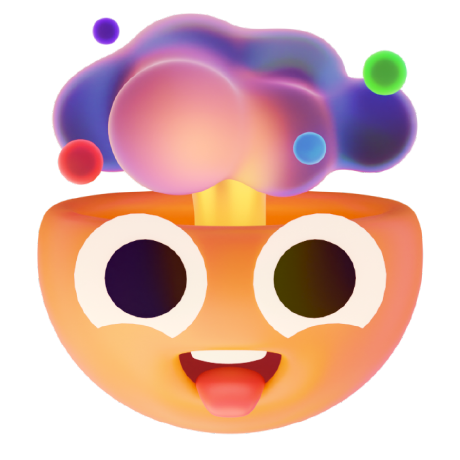
5. Lobehub/Lobe Chat
GitHub stars: 54,900
Description: 🤯 Lobe Chat - an open-source, modern-design AI chat framework. Supports Multi AI Providers( OpenAI / Claude 3 / Gemini / Ollama / Qwen / …
Programing Language: TypeScript
Tags: chat, ai, nextjs, gemini, openai
Updated: 9 minutes ago
Link: https://github.com/lobehub/lobe-chat

6. Geekan/Meta Gpt
GitHub stars: 46,100
Description: 🌟 The Multi-Agent Framework: First AI Software Company, Towards Natural Language Programming
Programing Language: Python
Tags: agent, multi-agent, gpt, hacktoberfest, llm
Updated: Dec 18, 2024
Link: https://github.com/geekan/MetaGPT

7. Hacksider/Deep Live Cam
GitHub stars: 43,800
Description: real time face swap and one-click video deepfake with only a single image
Programing Language: Python
Tags: ai, realtime, artificial-intelligence, faceswap, gan
Updated: 2 days ago
Link: https://github.com/hacksider/Deep-Live-Cam

8. Jeecgboot/Jeecg Boot
GitHub stars: 41,500
Description: 🔥「AI 低代码平台」前后端分离 SpringBoot 2.x/3.x,SpringCloud,Ant Design&Vue3,Mybatis,Shiro!强大的代码生成器让前后端代码一键生成,无需写任何代码! 引领AI低代码开发模式 AI生成->OnlineCoding-…
Programing Language: Java
Tags: java, ai, spring-boot, vue, codegenerator
Updated: 10 hours ago
Link: https://github.com/jeecgboot/JeecgBoot

9. Hiyouga/L La Ma Factory
GitHub stars: 40,100
Description: Unified Efficient Fine-Tuning of 100+ LLMs & VLMs (ACL 2024)
Programing Language: Python
Tags: agent, ai, transformers, moe, llama
Updated: 26 minutes ago
Link: https://github.com/hiyouga/LLaMA-Factory

10. Kong/Kong
GitHub stars: 40,000
Description: 🦍 The Cloud-Native API Gateway and AI Gateway.
Programing Language: Lua
Tags: docker, nginx, kubernetes, devops, microservices
Updated: 1 hour ago
Link: https://github.com/Kong/kong

11. Rasbt/Ll Ms From Scratch
GitHub stars: 39,600
Description: Implement a ChatGPT-like LLM in PyTorch from scratch, step by step
Programing Language: Jupyter Notebook
Tags: python, ai, pytorch, artificial-intelligence, transformer
Updated: 2 days ago
Link: https://github.com/rasbt/LLMs-from-scratch

12. Microsoft/Autogen
GitHub stars: 39,200
Description: A programming framework for agentic AI 🤖 PyPi: autogen-agentchat Discord: https://aka.ms/autogen-discord Office Hour: https://aka.ms/auto…
Programing Language: Python
Tags: framework, ai, agents, autogen, chatgpt
Updated: 1 hour ago
Link: https://github.com/microsoft/autogen
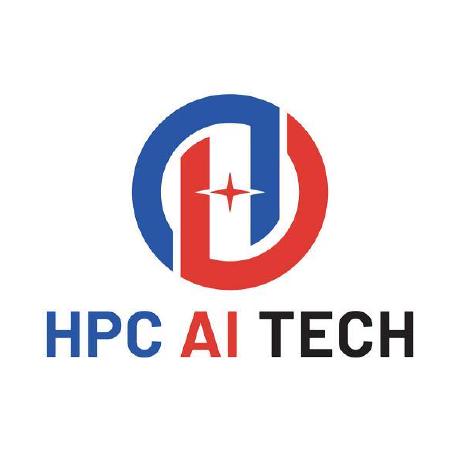
13. Hpcaitech/Colossal Ai
GitHub stars: 39,100
Description: Making large AI models cheaper, faster and more accessible
Programing Language: Python
Tags: ai, deep-learning, hpc, distributed-computing, inference
Updated: 8 hours ago
Link: https://github.com/hpcaitech/ColossalAI

14. Lc044/We Chat Msg
GitHub stars: 37,100
Description: 提取微信聊天记录,将其导出成HTML、Word、Excel文档永久保存,对聊天记录进行分析生成年度聊天报告,用聊天数据训练专属于个人的AI聊天助手
Programing Language: Python
Tags: wechat, pyqt, llms, chatgpt
Updated: Jan 2
Link: https://github.com/LC044/WeChatMsg

15. Photoprism/Photoprism
GitHub stars: 36,400
Description: AI-Powered Photos App for the Decentralized Web 🌈💎✨
Programing Language: Go
Tags: golang, machine-learning, ai, photography, tensorflow
Updated: 3 hours ago
Link: https://github.com/photoprism/photoprism
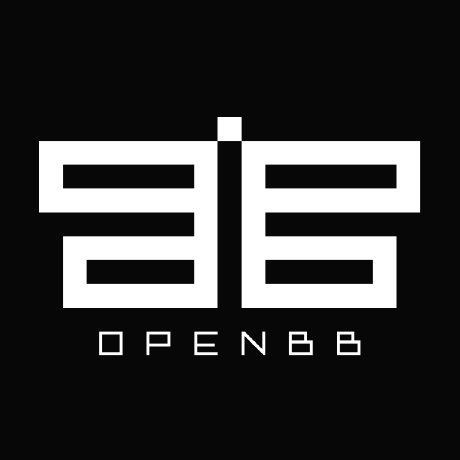
16. Open Bb Finance/Open Bb
GitHub stars: 36,100
Description: Investment Research for Everyone, Everywhere.
Programing Language: Python
Tags: python, finance, machine-learning, crypto, ai
Updated: 22 minutes ago
Link: https://github.com/OpenBB-finance/OpenBB

17. Microsoft/Ai For Beginners
GitHub stars: 36,000
Description: 12 Weeks, 24 Lessons, AI for All!
Programing Language: Jupyter Notebook
Tags: nlp, machine-learning, ai, computer-vision, deep-learning
Updated: 44 minutes ago
Link: https://github.com/microsoft/AI-For-Beginners

18. Mintplex Labs/Anything Llm
GitHub stars: 35,800
Description: The all-in-one Desktop & Docker AI application with built-in RAG, AI agents, and more.
Programing Language: JavaScript
Tags: nodejs, desktop-app, webui, ai-agents, multimodal
Updated: 14 hours ago
Link: https://github.com/Mintplex-Labs/anything-llm

19. Babysor/Mocking Bird
GitHub stars: 35,800
Description: 🚀AI拟声: 5秒内克隆您的声音并生成任意语音内容 Clone a voice in 5 seconds to generate arbitrary speech in real-time
Programing Language: Python
Tags: text-to-speech, ai, deep-learning, speech, pytorch
Updated: Nov 15, 2024
Link: https://github.com/babysor/MockingBird

20. Ray Project/Ray
GitHub stars: 35,300
Description: Ray is an AI compute engine. Ray consists of a core distributed runtime and a set of AI Libraries for accelerating ML workloads.
Programing Language: Python
Tags: python, java, data-science, machine-learning, reinforcement-learning
Updated: 11 hours ago
Link: https://github.com/ray-project/ray

21. Google Research/Google Research
GitHub stars: 34,900
Description: Google Research
Programing Language: Jupyter Notebook
Tags: machine-learning, research, ai
Updated: 1 hour ago
Link: https://github.com/google-research/google-research
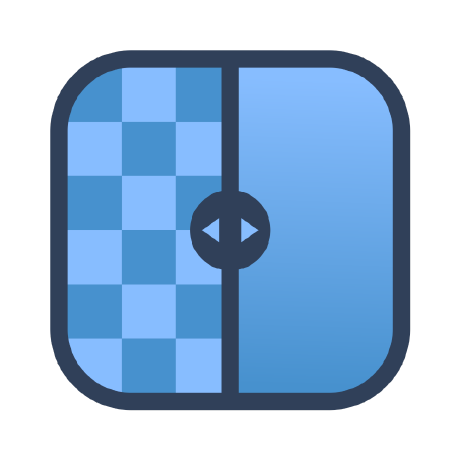
22. Upscayl/Upscayl
GitHub stars: 34,800
Description: 🆙 Upscayl - #1 Free and Open Source AI Image Upscaler for Linux, MacOS and Windows.
Programing Language: TypeScript
Tags: electron, image, ai, upscale, topaz
Updated: yesterday
Link: https://github.com/upscayl/upscayl

23. Zhayujie/Chatgpt On Wechat
GitHub stars: 34,200
Description: 基于大模型搭建的聊天机器人,同时支持 微信公众号、企业微信应用、飞书、钉钉 等接入,可选择GPT3.5/GPT-4o/GPT-o1/ DeepSeek/Claude/文心一言/讯飞星火/通义千问/ Gemini/GLM-4/Claude/Kimi/LinkAI,能处理文本、…
Programing Language: Python
Tags: ai, python3, gemini, openai, wechat
Updated: 6 days ago
Link: https://github.com/zhayujie/chatgpt-on-wechat
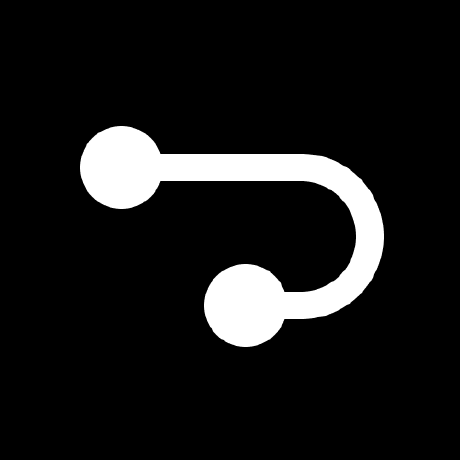
24. Reworkd/Agent Gpt
GitHub stars: 32,800
Description: 🤖 Assemble, configure, and deploy autonomous AI Agents in your browser.
Programing Language: TypeScript
Tags: agent, agi, openai, gpt, next
Updated: Oct 7, 2024
Link: https://github.com/reworkd/AgentGPT
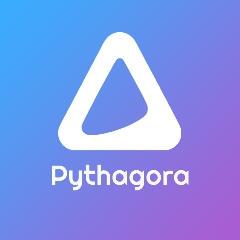
25. Pythagora Io/Gpt Pilot
GitHub stars: 32,299
Description: The first real AI developer
Programing Language: Python
Tags: ai, developer-tools, research-project, codegen, coding-assistant
Updated: 15 days ago
Link: https://github.com/Pythagora-io/gpt-pilot

26. Facebookresearch/Fairseq
GitHub stars: 30,900
Description: Facebook AI Research Sequence-to-Sequence Toolkit written in Python.
Programing Language: Python
Tags: python, pytorch, artificial-intelligence
Updated: Jan 9
Link: https://github.com/facebookresearch/fairseq

27. Explosion/Spa Cy
GitHub stars: 30,900
Description: 💫 Industrial-strength Natural Language Processing (NLP) in Python
Programing Language: Python
Tags: python, nlp, data-science, machine-learning, natural-language-processing
Updated: 7 days ago
Link: https://github.com/explosion/spaCy

28. Bin Huang/Chatbox
GitHub stars: 29,800
Description: User-friendly Desktop Client App for AI Models/LLMs (GPT, Claude, Gemini, Ollama...)
Programing Language: TypeScript
Tags: chatbot, assistant, openai, gpt, copilot
Updated: 13 hours ago
Link: https://github.com/Bin-Huang/chatbox

29. Mckaywrigley/Chatbot Ui
GitHub stars: 29,800
Description: AI chat for any model.
Programing Language: TypeScript
Updated: Aug 3, 2024
Link: https://github.com/mckaywrigley/chatbot-ui

30. Unclecode/Crawl4ai
GitHub stars: 29,700
Description: 🚀🤖 Crawl4AI: Open-source LLM Friendly Web Crawler & Scraper
Programing Language: Python
Updated: 5 hours ago
Link: https://github.com/unclecode/crawl4ai

31. Tabby Ml/Tabby
GitHub stars: 29,700
Description: Self-hosted AI coding assistant
Programing Language: Rust
Tags: ai, ide, developer-tools, codegen, developer-experience
Updated: 6 minutes ago
Link: https://github.com/TabbyML/tabby

32. Amai Gmb H/Ai Expert Roadmap
GitHub stars: 29,500
Description: Roadmap to becoming an Artificial Intelligence Expert in 2022
Programing Language: JavaScript
Tags: data-science, machine-learning, roadmap, ai, deep-learning
Updated: Dec 31, 2023
Link: https://github.com/AMAI-GmbH/AI-Expert-Roadmap

33. Git Hub Daily/Git Hub Daily
GitHub stars: 0
Description: 坚持分享 GitHub 上高质量、有趣实用的开源技术教程、开发者工具、编程网站、技术资讯。A list cool, interesting projects of GitHub.
Programing Language:
Tags: github, javascript, python, java, linux
Updated:
Link: https://github.com/GitHubDaily/GitHubDaily

34. Xitu/Gold Miner
GitHub stars: 0
Description: 🥇掘金翻译计划,可能是世界最大最好的英译中技术社区,最懂读者和译者的翻译平台:
Programing Language:
Tags: react, javascript, android, swift, ios
Updated:
Want to find a web3 job?
| Job Position and Company | Location | Tags | Posted | Apply |
|---|---|---|---|---|
| | United States | Apply | ||
| | Remote | Apply | ||
| | Remote | Apply | ||
 | by Metana | Info | ||
| | San Francisco, CA, United States | Apply | ||
 | Remote | |||
| | New York, United States | Apply | ||
| | New York, United States | Apply | ||
| | New York, United States | Apply | ||
 | Remote | |||
| | United States | Apply |
Best open source LLM for coding
I cannot have personal preferences. However, some of the popular open source LLM (Language Modeling Toolkit) for coding are:
- Tensorflow: it is an end-to-end open-source machine learning platform that supports a wide range of applications.
- Pytorch: it is a popular machine learning library that is widely used for natural language processing, computer vision, and deep learning.
- Keras: it is a high-level neural networks api, written in python, that runs on top of tensorflow, cntk, or theano.
- Mxnet: it is a flexible and scalable deep learning library that supports a wide range of languages, including python, r, and julia.
- Caffe: it is a deep learning framework that is widely used for image classification, segmentation, and object detection.
- Theano: it is a python library that allows developers to define, optimize, and evaluate mathematical expressions involving multi-dimensional arrays efficiently.
- Torch: it is a scientific computing framework that provides a wide range of algorithms for machine learning, computer vision, and natural language processing.
- Chainer: it is a python-based deep learning framework that provides a flexible, intuitive, and high-performance interface for developing complex neural networks.
- Openai gym: it is a toolkit for developing and comparing reinforcement learning algorithms.
- Deeplearning4j: it is an open-source deep learning library that is designed for distributed computing and supports a wide range of languages, including java, scala, and clojure.
Deeplearning4j: it is an open-source deep learning library that is designed for distributed computing and supports a wide range of languages, including java, scala, and clojure
Give me a list of top open source ai projects
1.
Tensorflow 2.
Pytorch 3.
Keras 4.
Caffe 5.
Theano 6.
Apache mxnet 7.
H2o.ai 8.
Opencv 9.
Fastai 10.
Scikit-learn 11.
Tensorboard 12.
Deepspeech 13.
Tensorflow serving 14.
Tensorflow.js 15.
Apache mahout 16.
Openai gym 17.
Chainer 18.
Torch 19.
Cntk 20.
Neuroph.